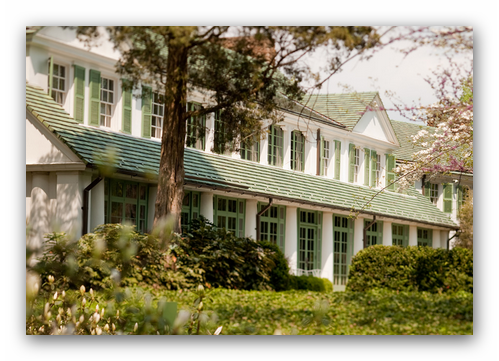Feb 17 2017 - Jun 4 2017
Reynolda House Museum of American Art
Winston-Salem, NC
Reynolda House Museum of American Art will welcome an American masterwork for this exhibition, Samuel F.B. Morse’s Gallery of the Louvre (1831–33). Created when the artist was living and working in Paris, the painting represents the famed Salon Carré in the Musée du Louvre. Morse spent months walking the halls of the museum, selecting Old Master paintings for his composition, then painstakingly copied the paintings and “installed” them in the virtual gallery. The resulting monumental canvas—six feet by nine feet—was both an example of Morse’s erudition and skill and a tool of instruction for American viewers who did not have access to Renaissance and Baroque paintings.
Morse, highly curious and well educated, was as interested in science and literature as he was in art. While returning to United States by ship in 1832, he conceived the idea for the machine that would become the telegraph, even making a crude prototype on board. From then on, technological inventions would occupy him more than art. The disappointing public reception of Gallery of the Louvre in New York and Connecticut likely contributed to his decision to abandon painting. Today, the painting is recognized as a key work in the development of American art.
In many ways, however, the painting and the telegraph demonstrate Morse’s interest in a single subject: the transmission of knowledge. Morse created Gallery of the Louvre to instruct American audiences about important works of art. He created the telegraph to communicate information quickly and across great distances. The painting thus serves as a bridge between old modes of communication and new technological tools that heralded the information age. In Winston-Salem, the painting will be joined by early telegraph machines from the National Museum of American History, Old Master prints from Wake Forest University, and works from Reynolda House’s nationally recognized collection of nineteenth century paintings and prints. Together these works of art and invention will address complex themes that occupied Samuel F. B. Morse and his America, including as the relationship between art and religion, nationalism and culture, technology and the transmission of information.
Credit: Exhibition overview from museum website.
Exhibition Venues & Dates
Feb 17 2017 - Jun 4 2017
Reynolda House Museum of American Art
Winston-Salem, NC
